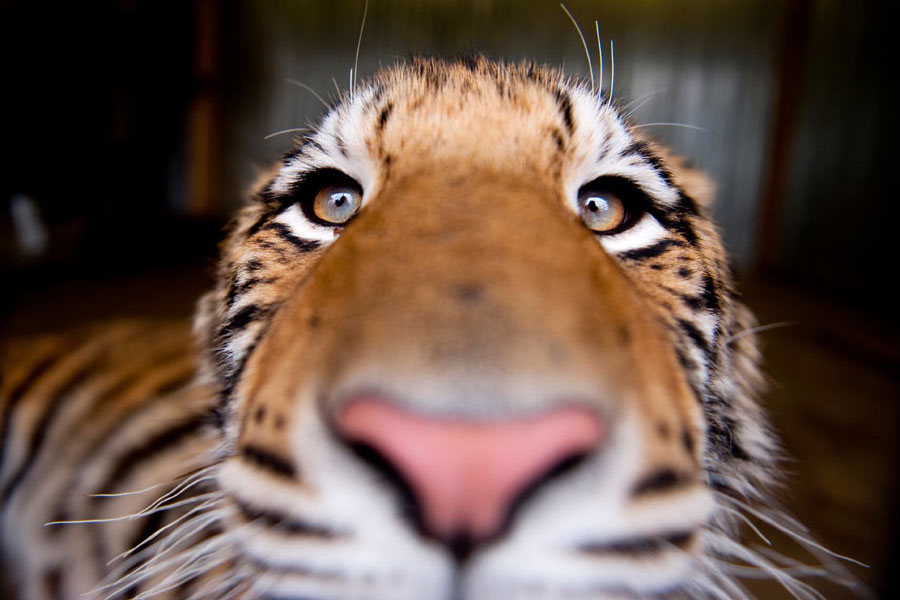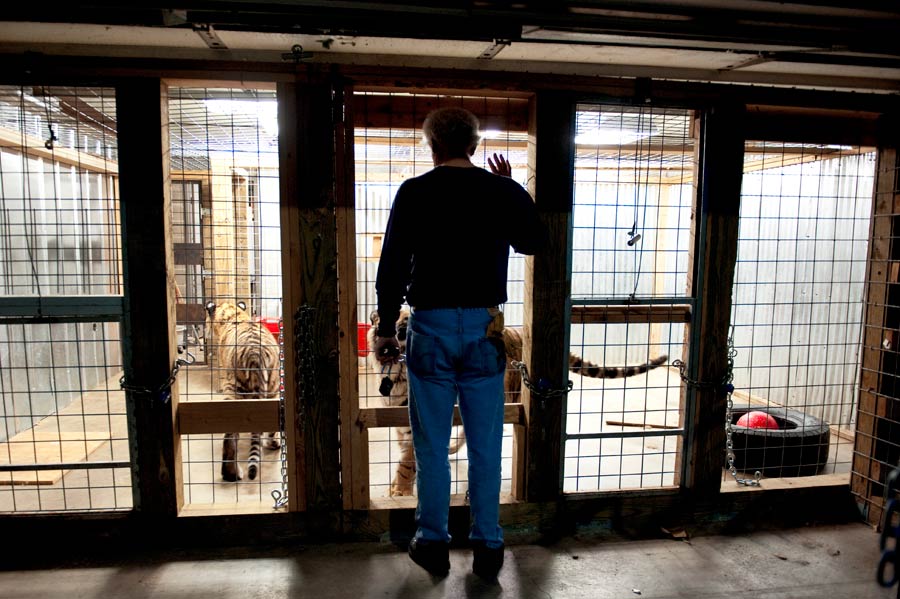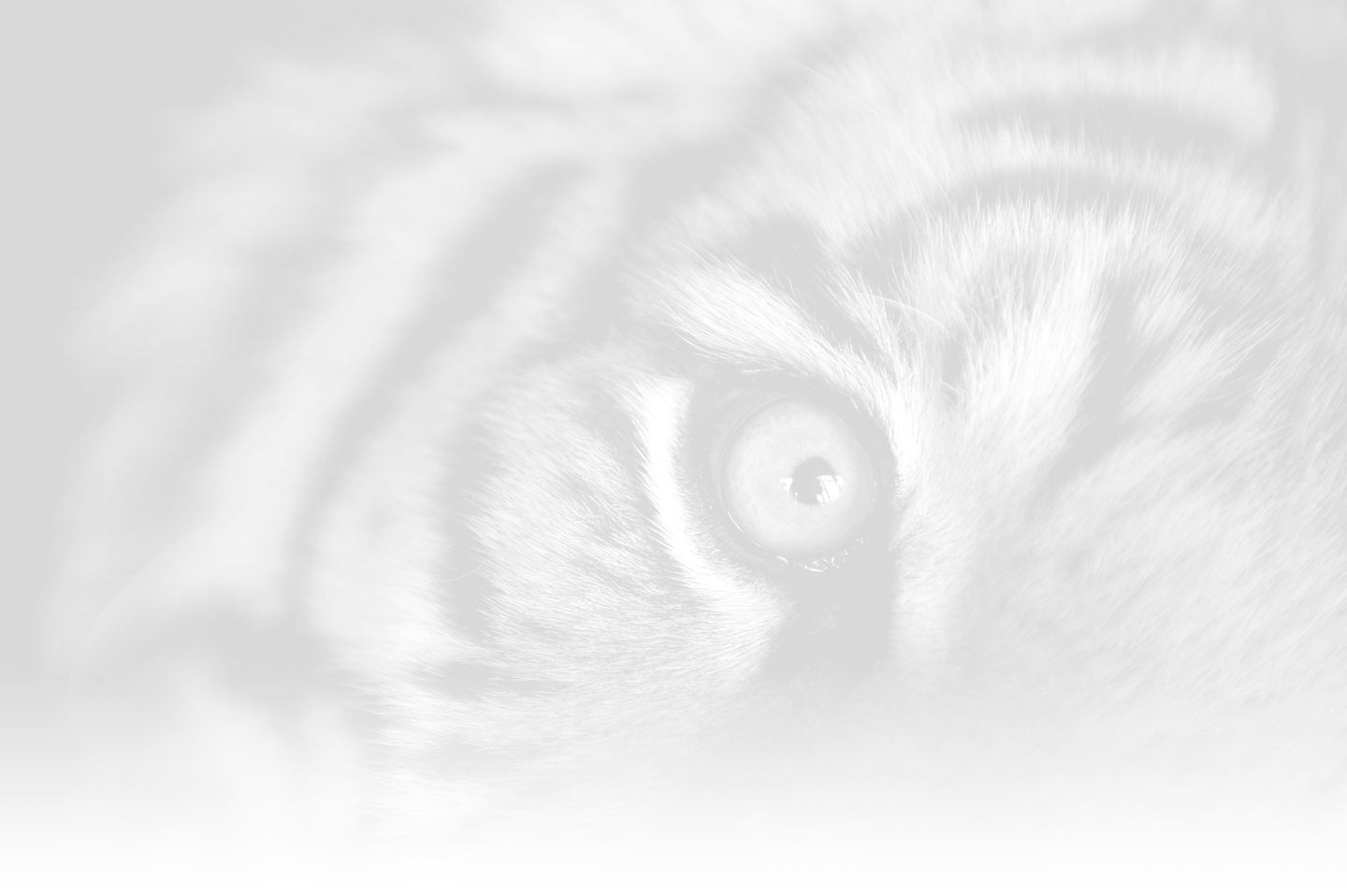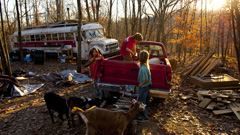The Wild Life
A retired small animal veterinarian dreams of something bigger.
Jim Galvin saw a tiger for the first time during a school trip to the Toledo Zoo in 1957. Jim was in first grade, but even at his young age, he could tell the tiger was unhappy. Housed in a concrete building filled with the echoes of screeching monkeys, the tiger barely had enough room to pace back and forth. All of its 600 pounds of muscle and orange fur looked irritated, exhausted, bored.
Fifty years later, Jim was facing similar boredom. After three decades of managing a prosperous veterinary practice in Toledo, he was burned out. The endless paperwork of being a business owner had taken its toll on the 60-year-old vet, and his workaholic tendencies were straining his relationship with his wife, Becky. So Jim and Becky came to a consensus: Jim had to retire. His friends told him that if they had his money, they would live out their years golf course hopping in a Porsche convertible, but the prospect of that kind of leisure time bored Jim even more. "You've got to have a reason to roll out of bed in the morning," he said. So instead of dropping 60 grand on a shiny new Porsche Boxster, Jim used his wealth for something a little more exciting — in 2010 he bought 125 acres and a tiger cub and set to work opening a big cat sanctuary in New Marshfield, Ohio.
Jim was an animal lover long before he knew he wanted to be a veterinarian. His mother adopted just about every stray cat the Toledo streets had to offer. When he was able to get out of the city, Jim helped a favorite uncle tend to his cattle, horses, chickens and hogs on his farm in Michigan. It seemed only natural that his childhood passion would turn into his profession.

Dudley, a nine-month-old Siberian Tiger, peers out of his cage in Jim Galvin's garage in New Marshfield, Ohio.
After treating hundreds of thousands of cats, dogs, birds, hamsters and guinea pigs, Jim had one gnawing regret — he had never gotten to work with big cats, especially tigers. Jim once confided in a colleague who had served as a zoo veterinarian that he was envious of his friend's career path. His friend responded that working with a tiger was no different from working with a house cat. "The medicine, the surgery, the diseases are all the same," he explained.

Retired veterinarian, Jim Galvin, checks over his two young tigers, Dudley and Boomer, the foundation of his dream to build a big cat sanctuary.
The zoo veterinarian proceeded to tell Jim about the plight of tigers in the wild. In the early 1900s, tigers numbered in the hundreds of thousands. That number plummeted to about 2,500 today due to excessive fur poaching and deforestation. Now on the endangered species list, tigers run the risk of inbreeding — or not breeding at all — with so few mature adults in the wild. If their habitat destruction continues at its current rate, tigers could completely vanish within two decades.
Jim would like to see more tigers safe in America's zoos, but they simply do not have the space to house them all. It falls to private tiger owners to provide big cat sanctuaries, many of whom lack the resources to properly feed and care for animals that may grow to be 600 pounds and ten feet long. Many privately owned tigers live in cramped cages, but unfortunately, it is a choice between confined living and not living at all for a species that is rapidly running out of options. Where others may have blanched at the sheer amount of work and money involved in opening a sanctuary, Jim saw an opportunity to provide a safe and well-equipped home for tigers and to finally fulfill his dream of working with the massive felines. As far as his friend knew, there were no big cat sanctuaries in North America run by a veterinarian. That key element would give Jim's sanctuary a degree of legitimacy that others lacked. "This could really go over big," his zoo veterinarian friend told him.
Everybody loves tigers… they're scared of them, sure. But everybody thinks they're just beautiful animals. And when you start telling them they're gonna be gone… there won't be one left in the wild. —Jim Galvin
Even though her husband was gung-ho, Becky remained "iffy" about the notion of Jim tackling a project that, to her, seemed insurmountable. But as soon as she saw that old spark in Jim — the one she thought he had lost in those stacks of veterinary paperwork — she conceded. Becky understood that Jim thrives on accomplishing seemingly impossible tasks, and she had seen him do so in the past. He built his Toledo veterinary practice from the ground up, and Becky knew he had the capacity to take on a more ambitious venture. Her enthusiasm grew when the couple decided to move back to southeast Ohio, her childhood home. "This feels comfortable," Becky said, lounging in an armchair in her newly refurbished farmhouse in New Marshfield, about 15 minutes from the university town of Athens, Ohio. "Probably even more comfortable than living in the city ever did."
Just as Jim was finalizing the plans for his sanctuary, he hit a major snag. In his last days as Ohio governor, Ted Strickland threatened to sign into law a ban on the trade and purchase of exotic pets, meaning Jim had to scramble to get a tiger before the law went into effect. In defiance of his own principles, Jim bought his first tiger cub, Boomer, from a breeder "somewhere in the Midwest" in September 2010. Tiger breeders tend to be very secretive about their activities — sometimes because they are inbreeding their animals, which is one of the reasons Jim vows never again to pay for a tiger.




